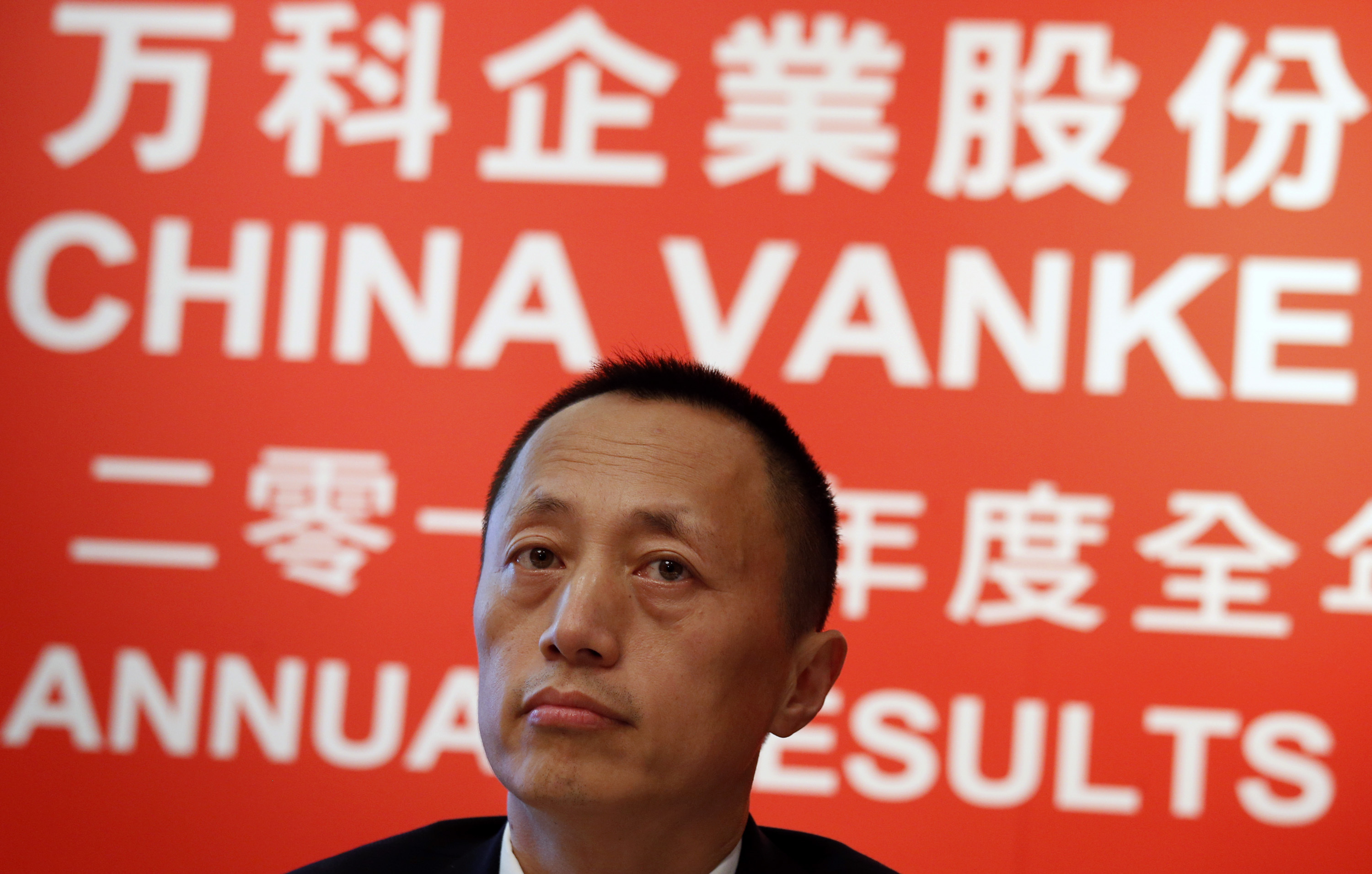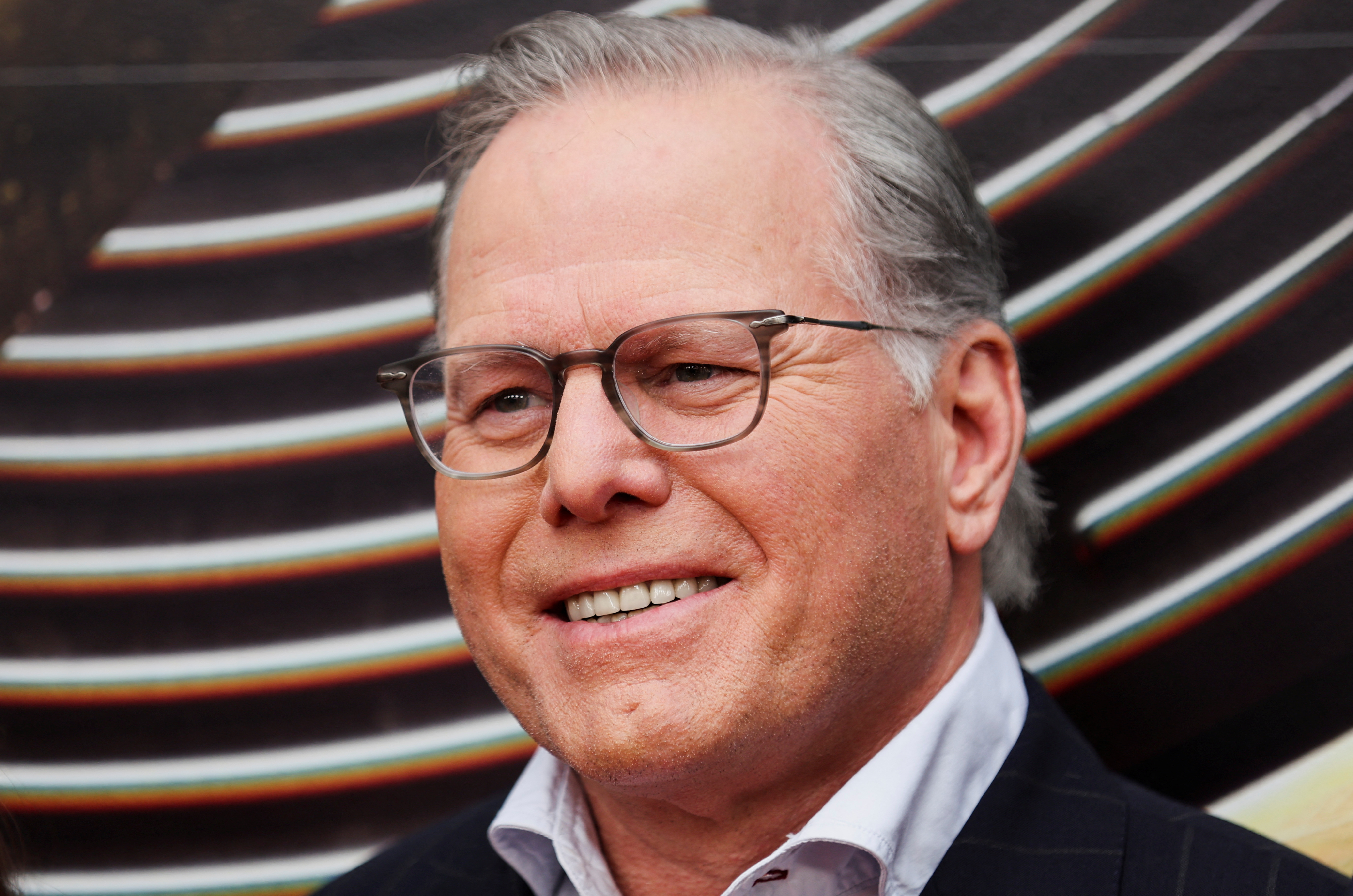New boss will be EIB’s chance to stay relevant

Flags are seen behind the logo of the European Investment Bank in the city of Luxembourg, Luxembourg, March 25, 2017. Reuters/Eric Vidal Acquire Licensing Rights
BRUSSELS, Sept 7 (Reuters Breakingviews) - The European Investment Bank has a chance to remake itself when it gains a new leader next year. In 12 years under President Werner Hoyer, the Luxembourg-based lender has cemented a reputation for being stalwart and cautious. His successor will need to take more risk and find new ways to fund the climate transition.
Five candidates are in the running to take the reins of Europe’s infrastructure bank on Jan. 1, representing the gamut of EU constituencies. The front runners are Deputy Spanish Prime Minister Nadia Calviño and Denmark’s Margrethe Vestager, the EU’s competition commissioner, who is taking an unpaid leave of absence to make the rounds. But the EU's 27 member states could choose Italian central banker Daniele Franco, or EIB insiders like Teresa Czerwińska or Thomas Östros.
The appointment comes at a critical time for the world’s biggest multilateral lender. The EIB has been making infrastructure loans since 1958, and now channels some 65 billion euros in annual financing to the economy. Yet its traditional model looks stretched next to the challenges Europe faces today, with a 700 billion euro annual financing gap to fund the green transition, as well as the likely reconstruction of Ukraine. As with the World Bank, there is pressure for the EIB to play a bigger role.
To do that, the next EIB chief will need to let the bank shoulder more risk, as suggested by Vestager on Thursday. Impaired loans are less than 0.5% of the EIB’s balance sheet, giving weight to critics who say it makes the kind of loans or backs the kind of projects that could easily be funded by private sector lenders. The EIB would get more bang for its buck if it stepped up investments in lower-ranking debt or equity stakes, where private capital is less plentiful. The EIB has started providing such financing, including during the pandemic with EU guarantees.
Historically, the bank has steered clear of taking much more risk for fear of damaging its AAA-rating, saying it would otherwise be locked out of affordable financing. During the euro crisis, it convinced member states to pony up a capital increase, but that may be hard to repeat given cash-strapped government budgets.
However, the EU’s move into large-scale public borrowing through the pandemic-era NextGenerationEU fund may prove a helpful example. The bloc has one AA+ rating, and is therefore deemed less creditworthy than the AAA-graded EIB. Yet the two borrow at broadly similar levels, with 10-year yields for both of around 3.2%, according to LSEG data. That suggests the EIB needn’t fear being locked out of markets if its ratings fall.
At the same time, the EIB cannot be a bottomless piggy bank. As the succession race heats up, France is putting pressure on the bank to finance nuclear power repairs, and foreign-policy expansionists see an opportunity to challenge China’s Belt and Road investments in the developing world by giving the bank a broader mandate. That could be a distraction, or leave the EIB exposed to unexpected losses. The next president will have to tread a tricky path between taking more risk, and keeping the EIB focused on its core mission.
Follow @rebeccawire on X
(The author is a Reuters Breakingviews columnist. The opinions expressed are her own.)
CONTEXT NEWS
Margrethe Vestager, the European Union competition commissioner, said she would encourage the European Investment Bank to take more risk if she is chosen as president of the development bank.
Vestager, who is taking a leave of absence from her competition role in order to campaign for the EIB job, told the Financial Times in an interview that she would focus on the bank’s ability to raise more funds, while “being more risk-taking”.
Five candidates are in the running to succeed Werner Hoyer, who took office in 2012, as the European Investment Bank’s new president: Spain’s Nadia Calviño, Poland’s Teresa Czerwińska, Italy’s Daniele Franco, Sweden’s Thomas Östros, and Denmark’s Vestager.
European Union member states are due to make a decision before the end of the year. Candidates will be discussed at an informal meeting of economic and finance ministers in Spain in mid-September.
The EIB is the world’s biggest multilateral lender, with about 435 billion euros in outstanding loans as of the first half of 2023. By comparison, the World Bank has $240 billion loans outstanding.
Editing by Neil Unmack and Streisand Neto
Our Standards: The Thomson Reuters Trust Principles.




